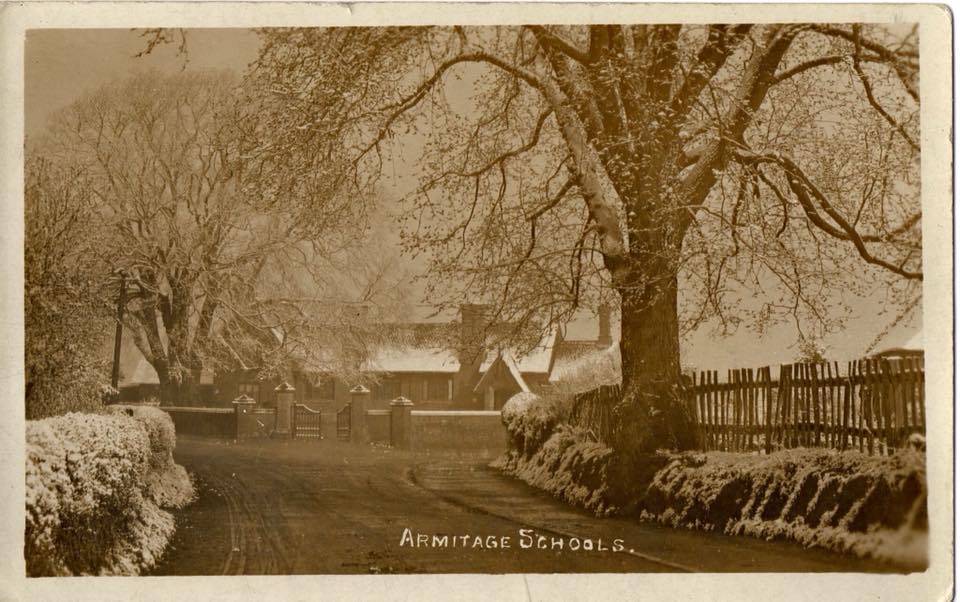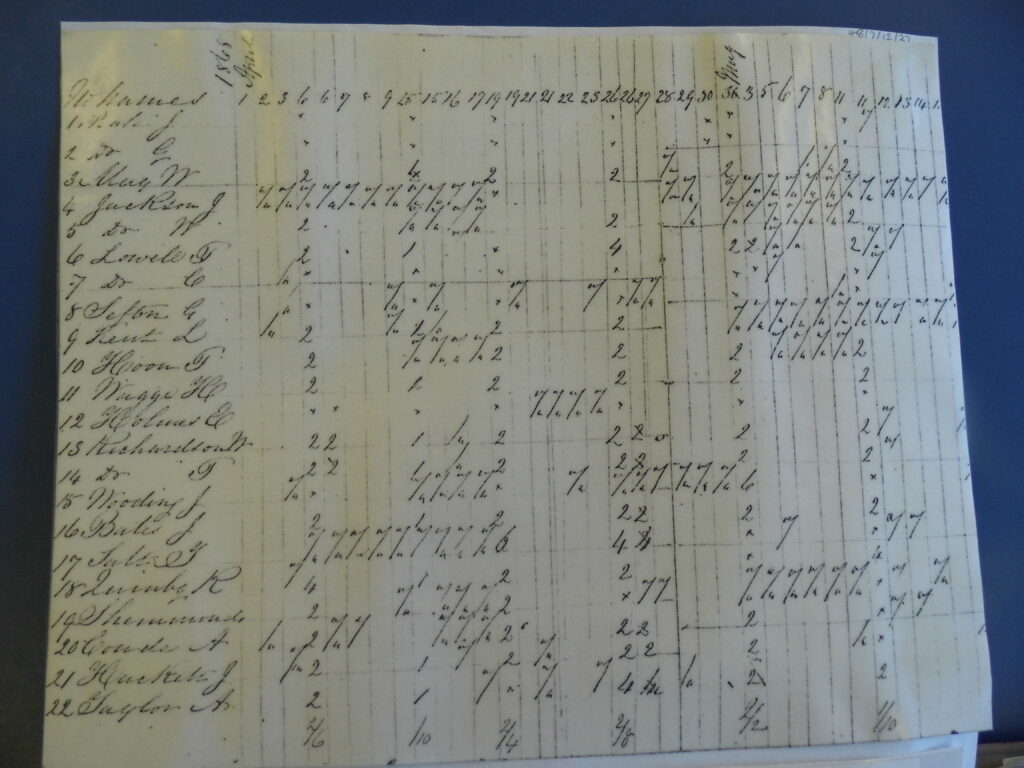In 1811 the Church of England founded the “National Society for Promoting the Education of the Poor in the Principles of the Established Church in England and Wales” often just referred to as the National Society. The aim of this new organisation was that “the National religion should be made the foundation of National education and should be the first and chief thing taught to the poor, according to the excellent Liturgy and Catechism provided by our Church.”
Schools founded by the National Society were called National Schools and used what is known as Bell’s monitorial system after Andrew Bell who developed it having seen a similar system employed at the Military Male Orphan Asylum near Madras. Monitors were the brightest children from each year group, and they would be trained by the teacher to deliver simple lessons to their fellow pupils. In this way one teacher could teach many children in different year groups all in the one schoolroom.
In 1839, a National School was built at the top of Church Lane together with an attached house for the headmaster. It was built on land donated by the Rector, the Rev. Francis Wilson, and cost about £1,000 to build. The Rector was responsible for providing religious and moral training for the pupils and the first Headmaster was William Wood who came from Stoke. The headmaster was also made responsible for Sunday School. The school was managed by a committee consisting of the Rev. Wilson and other members of the Church of England and who would contribute at least twenty shillings per year to the school funds. Records for who those individuals were is no longer available, but it would have undoubtedly have included Josiah Spode IV who was a massive contributor to the church at this time.

Until at least 1847 the school was only open to boys and their parents were encouraged to pay a small amount per week with any shortcoming being funded by the management committee and any other local benefactors. Most of the material ordered for lessons were religious – bibles, parables, miracles and prayer books etc – together with Simpson’s Primer which was a first textbook for teaching reading. Also needed was writing equipment – slates (small and large), slate pencils, quills, tables books and copying books.
William Wood’s lesson plan from 1840 shows that the school was split up into five classes and probably took children from age 8 up to 13. Each of the classes sat on forms that were arranged around the room.
At the start of each day, 9 a.m., the whole school would kneel and say prayers together. At 10.30 there was a ten-minute break. Before the school broke for pupils to go home for lunch at noon and when they returned at 2.00 p.m. the pupils all knelt together to say Grace. Attendance was taken at the start of both morning and afternoon sessions. When school lessons finished at 4.30 p.m., they again all knelt and said prayers and then sang evening hymns before they were allowed to go home. The youngest class was called the 5th class and the 3rd, 4th and 5th classes were all taught by boys from the eldest, 1st class, and not by the headmaster.
The photo below is of an attendance register for part of 1858. – if a child was absent the register was marked with an ‘a’ so if the child was absent both morning and afternoon it appeared as ‘a/a’. Cross- referencing this with census records suggest that the list is all boys and includes
- Walter May
- John and William Jackson
- Leland Kent
- Thomas Hoon
- Henry Wagg
- Eli Holmes
- William and Thomas Richardson
- John Wooding
- Thomas Salt
- Ralph Quimby
- Alfred Conde
- Jabez Hackett
- Alfred Taylor

The two youngest classes were only taught to read -they were not taught to write until they were older. Each morning a boy from the 1st class held up a large card with all the alphabet printed on in large letters so all the class could see it. Then he points to one letter speaking it aloud and all the boys repeat the letter and so on. He is instructed to ‘keep crossing them and examining them strictly on it’. He then repeats the exercise with all the numbers up to 100. After the morning break they return to repeating the alphabet until 11.00 and then the use exactly the same process to learn portions of the catechism such as the Creed, the Lord’s Prayer and Ten Commandments. Afternoon school repeats the whole process for the alphabet and numbers.
The 3rd class, again taught by a boy from the eldest class, start the day reciting the numbers held up by the ‘teacher’ and then at 9.30 move on to the writing session for the next hour. Each boy had a slate which hung by a cord around his neck and they each had to write the numbers 1,2,3,4,5,6,7,8,9,0 on it with slate pencils – each boy’s slate was checked by the teacher. They also had small cards with writing on which they held at the back of the slate and copied on to their slate. After their morning break the session is reading.

As the year progressed the 3rd class moved on to addition and multiplication.
The daily routine for the second class was as follows: Commences with tables, next with writing them on their slates, addition and multiplication, reading them over, next writing on their slates and those who have Copy Books go to the desk and write with the 1st class. They have cards which they copy on their slates. Next they read the Testament and say grace before meat and then go home. Same process is observed in the afternoon.
By the time the boy is in the 1st class his lessons would be: tables of all sorts, accounts, writing, reading, examining their catechism, faith and duty of a Christian. And teaching the 1st, 2nd and 3rd classes.
